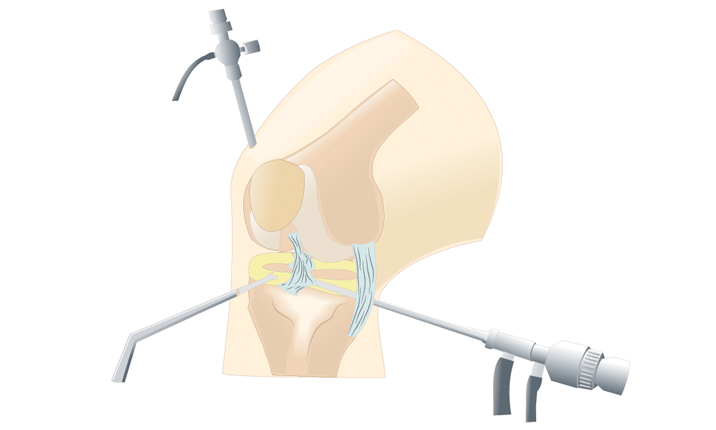Knee Preservation
Knee preservation is a group of treatments to repair tissue damage or slow tissue breakdown. It can help you delay or avoid a knee replacement. You may have pain, stiffness, swelling, or difficulty moving if an injury or natural aging damages these tissues.

Shreya Hsopital in Ghaziabad is famouse for treatment of all Knee Conditions. Having a list of recovered patients through out Delhi , NCR and also all over India. Our dedicated team of Orthopedic Surgeon focus solely on treating patients with knee injuries. We use and research advanced techniques, offering eligible patients access to new treatments through clinical trials not available elsewhere in the region.
With knee preservation, we use nonsurgical and surgical treatments to repair or protect the tissues in your knee. Preservation treatments may be an alternative to knee replacement surgery for some patients. Our Orthopedic Specialist usually recommend knee preservation for patients younger than 50. We may offer these treatments to some patients older than 50, depending on their injury and activity levels.
Joint replacement is avoided in younger patients as much as possible because joint replacements only last a maximum of 10 to 20 years. We ideally reserve knee replacements for patients older than 50 who have little to no cartilage left in their knee.
Types of Knee Pain Conditions that Joint Preservation Treats
Knee repair or preservation may be appropriate treatment for patients with:
- cartilage damage,
- ligament tears (such as ACL tears), or
- meniscus tears.
Treatment
Orthopedic Surgeon at Shreya Hospital, Ghaziabad may use nonsurgical or surgical treatments to preserve your knee. The treatment that’s best for you depends on several factors, including:
- the extent of the cartilage damage;
- type of knee injury
- your age, overall health, and activity levels.
Nonsurgical Knee Preservation
Depending on the extent of your knee injury, our Orthopedic Specialist may start with nonsurgical treatments. This may include:
- physical therapy,
- stopping activities that worsen pain, or
- wearing a cast or brace temporarily or long-term during certain activities.
Knee Preservation Surgery
Patients younger than 50 may be candidates for knee cartilage repair procedures. These treatments aim to restore the cartilage in your knee with your own tissue or donor tissue (donated human tissue from a cadaver).
You may also have:
- Ligament repair or reconstruction—Your orthopedic surgeon will reattach or reconstruct the torn ligament during a ligament surgery. Younger patients with cartilage damage often have a ligament injury. For example, you may have an anterior cruciate ligament (ACL) reconstruction if you’ve torn your ACL.
- Osteotomy—This procedure will realign your bones to take pressure off your injured knee. You may have an osteotomy alone or in addition to a cartilage restoration procedure.
- Partial knee replacement—Your orthopedic surgeon will replace the damaged portion of your knee. Patients younger than 60 may have a partial knee replacement to delay or avoid a total knee replacement.
 Dr Dev Mishra Best Orthopaedic Doctor in Delhi NCR Ghaziabad
Dr Dev Mishra Best Orthopaedic Doctor in Delhi NCR Ghaziabad
